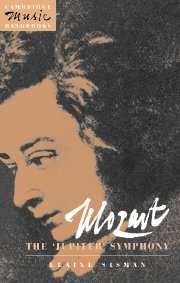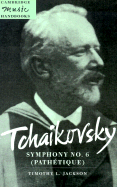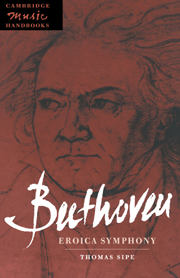Mozart: The 'Jupiter' Symphony
This guide to Mozart's last and most celebrated symphony explores the historical background and aesthetic contexts of the work as well as the music itself. The early chapters examine the expectations of the symphony in Mozart's Vienna, Mozart's career in 1788 (the year of the three last symphonies), and the changing reception of the "Jupiter" over the subsequent two hundred years. A separate chapter is devoted to each movement of the symphony with musical discussion illuminated by a broad array of topics.
- The 'Jupiter' was Mozart's last and possibly most famous symphony
- This is the first full-length guide to the work
- Full background is provided to the symphony in Mozart's Vienna plus a lively account of each individual movement
Reviews & endorsements
"...it is a delight to find such a text immediately setting about debunking the kind of canonical valorization which is our critical heritage since the Back Revival. No mere collection of empirical data here, however, as Sisman links audience rowdiness and aestheic attitudes with unproblematic ease; a critical turn which should be less alien to more writers." Steve Sweeney-Turner, The Musical Times
Product details
October 1993Paperback
9780521409247
132 pages
216 × 140 × 8 mm
0.18kg
8 tables 14 music examples
Available
Table of Contents
- Preface
- 1. The symphony in Mozart's Vienna
- 2. Grand style and sublime in eighteenth-century aesthetics
- 3. The composition and reception of the Jupiter Symphony
- 4. Gesture and expectation: Allegro vivace
- 5. Structure and expression: Andante cantabile
- 6. Phrase rhythm: Menuetto, Allegretto
- 7. The rhetoric of the learned style: Finale, molto allegro
- Appendix: A. Oulibicheff, The Jupiter Symphony of Mozart (1843).





